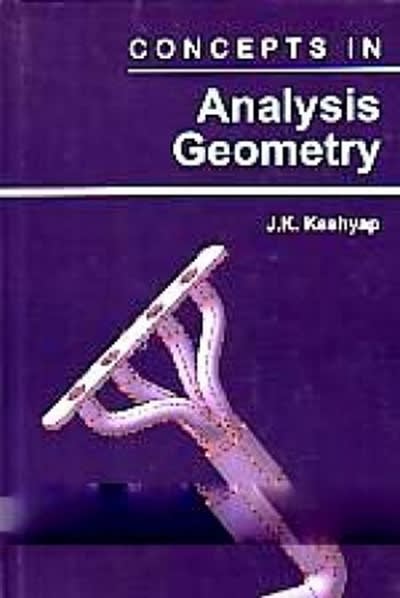Answered step by step
Verified Expert Solution
Question
1 Approved Answer
Let v? = (1,-1,0) and v? = (0,2,0). Given D= (Q=(a,b,c) E RIQ is orthogonal to both v1 and v2) is a subspace of R


Let v? = (1,-1,0) and v? = (0,2,0). Given D= (Q=(a,b,c) E RIQ is orthogonal to both v1 and v2) is a subspace of R³ (assume the normal dot product on D). A basis for Disa. {(0,-1,2))b. {(1,0,2)}c. {(0,0,2), (1, 0, 1)}d. ((0,0,2))
Step by Step Solution
There are 3 Steps involved in it
Step: 1

Get Instant Access to Expert-Tailored Solutions
See step-by-step solutions with expert insights and AI powered tools for academic success
Step: 2

Step: 3

Ace Your Homework with AI
Get the answers you need in no time with our AI-driven, step-by-step assistance
Get Started


